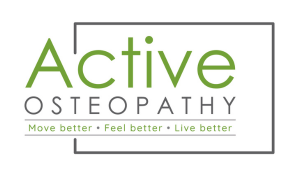Usually, when people think stretching they think that it is simply something that you do after a run or during a yoga class. However, the benefits of stretching extend far beyond reducing your post work out stiffness. In fact, almost everyone should regularly stretch in order to maintain optimal mobility and health of their joints and connective tissue.
Anyone who has done a yoga class, or even done a bit of stretching at home will notice the positive effect that this can have, but most people don’t understand that stretching has to happen on a regular basis in order to provide the maximum benefit.
WHY YOU SHOULD STRETCH:
Stretching helps to keep your muscles flexible and healthy and flexibility is vital for maintaining the range of motion of your joints. When tight muscles are suddenly required for a strenuous activity, such as going for a run, that places them under stress. When the stress that is applied to a muscle exceeds its capacity to cope, this leads to stiffness or injury. Injured muscles will not be as capable of supporting the joints, which can lead to joint pain or injury.
Regular stretching helps to keep muscles flexible, and this means that exertion won’t place as much demand on the muscles or joints, therefore, reducing the risk of injury. Healthy muscles also help a person with balance problems to avoid falls.
WHERE TO START:
Getting tight muscles is normally a process that occurs over many months, or even years so don’t expect to restore your flexibility with just one or two sessions. You’ll need to do it over time and remain committed to the process, and you’ll have to continue working on it to maintain it.
There are over 650 muscles in the human body; with numbers like that, the idea of daily stretching may seem a little intimidating. The good news is you don’t have to stretch every muscle you have. The areas critical for mobility are your lower extremities: your calves, your thighs and hips. Stretching your shoulders, neck, and lower back is also beneficial. Aim to stretch daily or at least three or four times per week.
If you have chronic conditions such as arthritis or osteoporosis, it’s important to clear a new stretching regimen with a qualified therapist before you start.
PROPER EXECUTION:
We used to believe that stretching was useful to prepare muscles for activity. However, research has shown that stretching muscles before they’re warmed up can increase the risk of injury. When everything is cold, the muscles aren’t prepared and may be damaged. If you warm up before stretching, you’ll improve the blood flow to the area and make the tissue more pliable and responsive to change. All it takes to warm up the muscles before stretching is five to ten minutes of light activity, such as a quick walk.
Hold a stretch for 30 seconds. You need to feel some tension during a stretch, but it should not feel painful.
If you do experience pain, especially within the joints, stop stretching that area and talk to your therapist.


